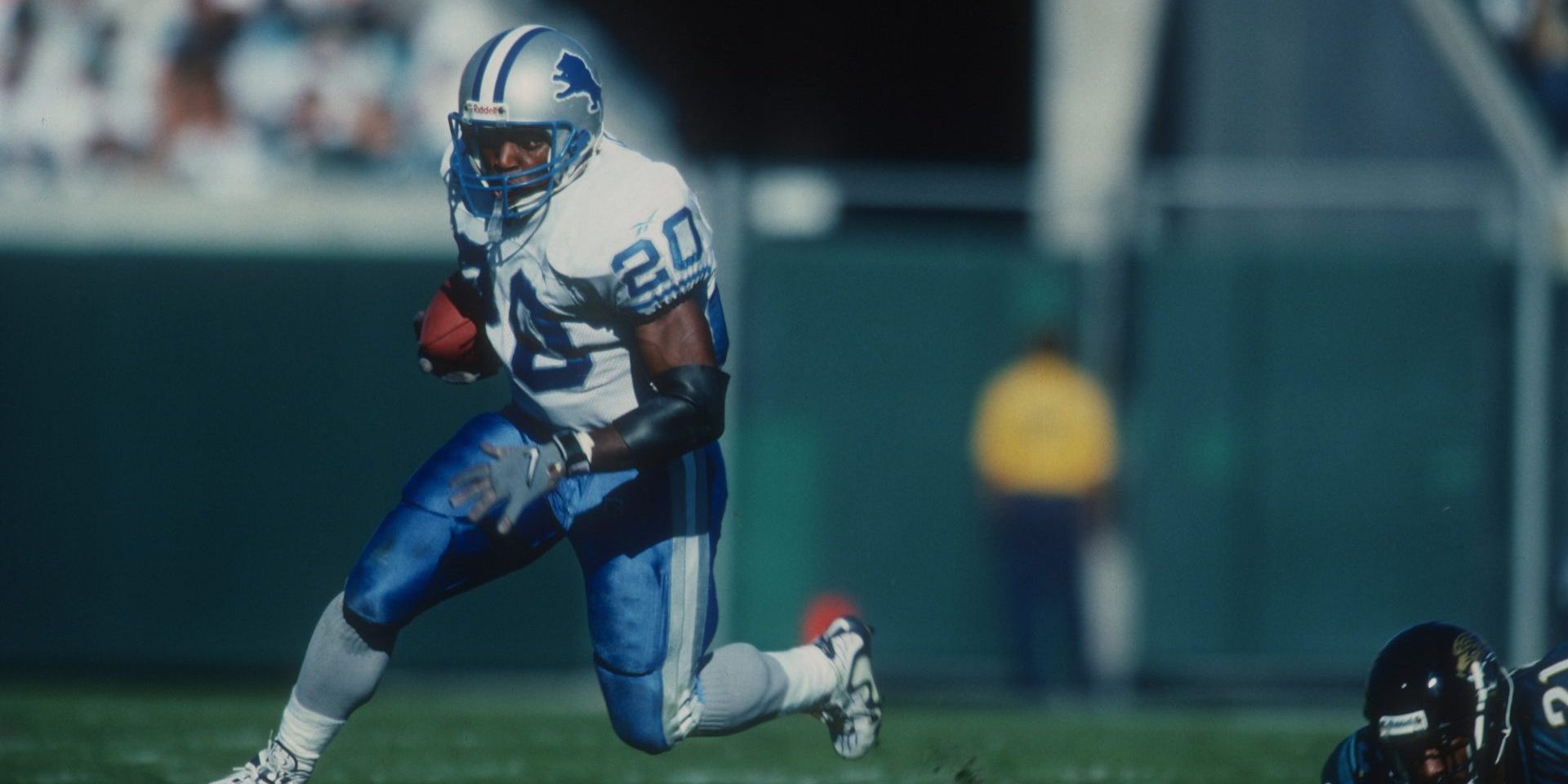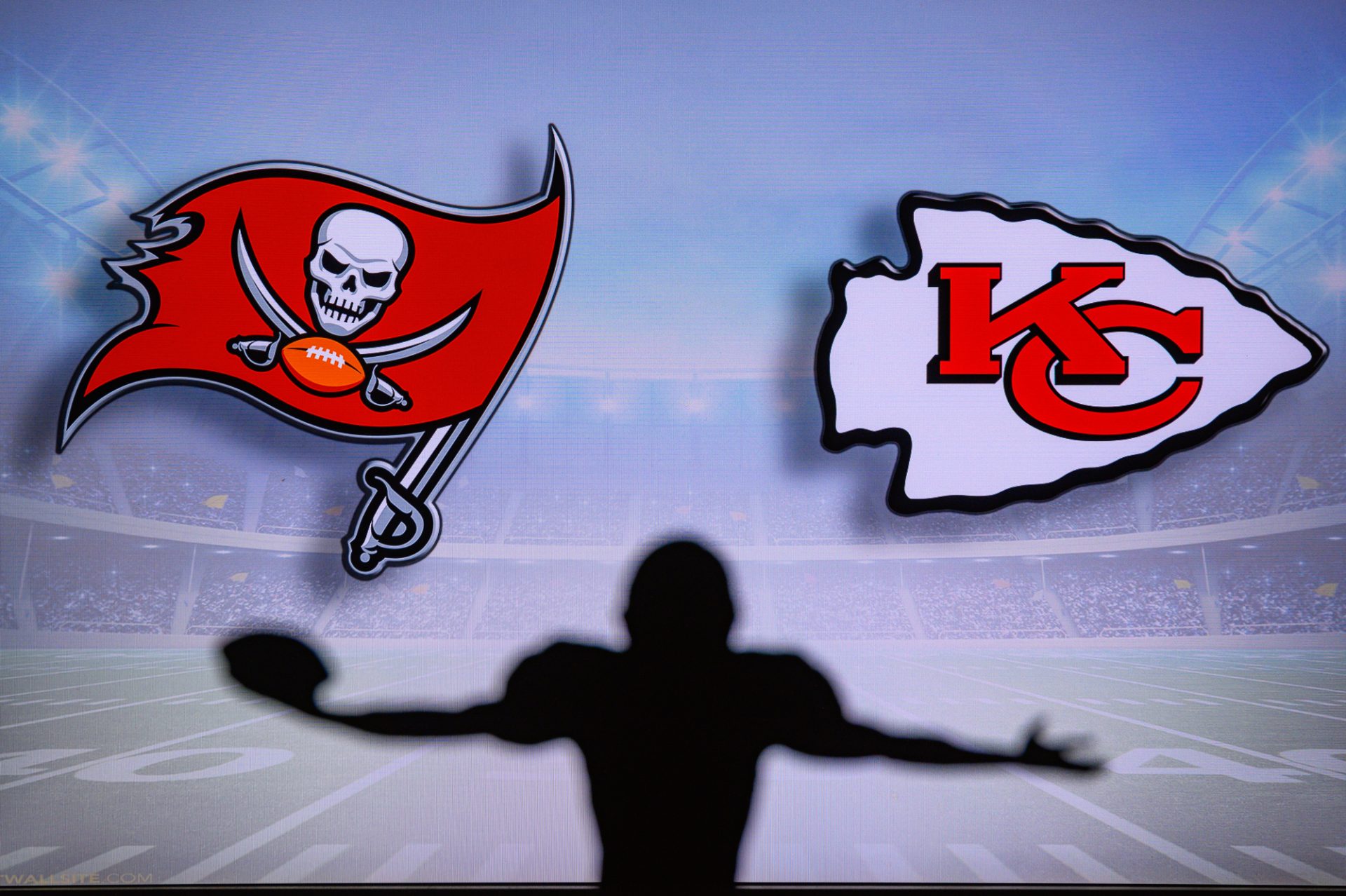Why NFL Running Backs Have Short Careers: The Physical Toll of the Position


Table of Contents
NFL running backs face a punishing reality on the field. Their position demands frequent high-impact collisions and constant physical exertion, leading to a rapid decline in performance and health. Running backs have the shortest average career length at just 2.57 years, reflecting the intense physical toll of their role.
The physical demands placed on running backs are extreme. They carry the ball through crowded defensive lines, absorb tackles from multiple defenders, and block for quarterbacks on passing plays. This continuous exposure to hits and tackles accelerates wear and tear on their bodies, increasing injury risk and shortening their careers.
The NFL’s offensive strategies have evolved, further complicating the situation for running backs. As teams rely more on passing plays, the value placed on running backs has diminished. This shift, combined with the position’s inherent physical risks, has created a challenging environment for running backs to maintain long-term success in the league.
The Role and Impact of Running Backs in the NFL
Running backs play a crucial role in NFL offenses, contributing to both the rushing and passing game. Their versatility and ability to adapt have shaped the evolution of the position over time.
Importance of the Running Game
The running game remains a key component of NFL offenses. Effective rushing attacks help teams control the clock, wear down defenses, and create opportunities for big plays. Running backs like Saquon Barkley can break tackles and gain significant yardage, putting their teams in favorable positions.
Successful ground games often open up passing opportunities by forcing defenses to commit extra players to stop the run. This creates mismatches for receivers and tight ends downfield.
Despite the NFL’s shift towards pass-heavy offenses, a balanced attack with a strong running game remains valuable. Teams with effective rushing attacks can control game tempo and keep opposing offenses off the field.
Running Backs in the Passing Game
Modern NFL running backs are expected to contribute significantly to the passing game. Players like Christian McCaffrey and Alvin Kamara excel as receivers out of the backfield, creating mismatches against linebackers and safeties.
Running backs serve as reliable checkdown options for quarterbacks under pressure. Their ability to catch passes and gain yards after the catch adds another dimension to offensive schemes.
Pass protection is another critical aspect of a running back’s role in the passing game. Backs who can effectively block blitzing defenders help keep quarterbacks upright and allow for deeper passing plays to develop.
Versatility and Evolution of the Position
The running back position has evolved to meet the demands of modern NFL offenses. Today’s backs must possess a diverse skill set, including:
- Vision and agility to find running lanes
- Power to break tackles
- Speed to outrun defenders
- Soft hands for catching passes
- Pass protection skills
This versatility allows offensive coordinators to use running backs in creative ways, such as lining them up as receivers or deploying them in no-huddle offenses.
The position continues to adapt as NFL offenses become more pass-oriented. Running backs who can contribute in multiple facets of the game are highly valued, as they provide flexibility and unpredictability to offensive game plans.
Physical Demand and Injury Risk
Running backs in the NFL face extreme physical challenges. The position’s demands lead to a high injury rate and shortened careers.
Common Injuries for Running Backs
NFL running backs are prone to various injuries due to their role. Knee injuries, such as ACL tears and meniscus damage, are frequent. Ankle sprains and hamstring strains also occur often.
Concussions pose a significant risk. Repeated hits to the head can lead to long-term brain damage.
Lower back problems and shoulder injuries are common too. These issues stem from constant tackling and collisions.
Impact of Repeated Hits
Running backs absorb numerous hits each game. This constant physical contact takes a toll on their bodies over time.
The cumulative effect of tackles leads to chronic pain and decreased performance. Players like Derrick Henry and Dalvin Cook face hundreds of hits per season.
Frequent collisions increase the risk of joint degeneration and muscle tears. This wear and tear can shorten a player’s career significantly.
Longevity and Recovery
The physical demands of the position limit running backs’ longevity. Most peak in their mid-20s and decline rapidly after.
Recovery time between games is crucial. However, the short NFL season often doesn’t allow for full healing.
Players like Leonard Fournette may struggle to maintain peak form as they age. The body’s ability to bounce back diminishes with each season.
Proper training and medical care can extend careers. Yet, the intense nature of the position makes long-term success challenging for most running backs.
Economic Factors Shaping Running Back Careers
The NFL’s financial structure and market dynamics significantly impact running backs’ career trajectories. These elements influence contract negotiations, team decisions, and player longevity.
NFL Salary Cap and Running Back Value
The NFL’s salary cap limits team spending, forcing tough choices on player compensation. Running backs often face devaluation due to their relatively short careers and high injury risk. Teams allocate more cap space to positions like quarterback and defensive end, perceived as more impactful long-term investments.
Running back salaries have declined relative to other positions. In 1997, Barry Sanders briefly became the NFL’s highest-paid player. Today, top running backs earn far less than elite quarterbacks or pass rushers.
Teams increasingly favor committee approaches, using multiple backs to share the workload. This strategy reduces reliance on a single, highly-paid runner and mitigates injury risk.
Second Contracts and Market Value
Running backs often struggle to secure lucrative second contracts after their rookie deals expire. Their peak performance typically occurs during their first four to five seasons, coinciding with their less expensive rookie contracts.
Teams hesitate to offer large extensions due to concerns about declining productivity and increased injury risk as backs age. This reluctance creates tension between players seeking fair compensation and teams prioritizing long-term financial flexibility.
Ezekiel Elliott’s situation with the Dallas Cowboys exemplifies this challenge. Despite his early success, the team released him before his contract expired, opting to promote the younger, less expensive Tony Pollard.
The Franchise Tag Dilemma
The NFL’s franchise tag system presents a double-edged sword for running backs. It allows teams to retain a player’s rights for one year at a predetermined salary, often lower than what the player could earn on the open market.
For running backs, the franchise tag can be particularly problematic. It delays their opportunity to secure a long-term contract during their prime years. This delay can significantly impact their career earnings potential.
The 2023 franchise tag for running backs was $10.1 million. While substantial, this figure pales in comparison to top salaries at other positions. The tag’s structure incentivizes teams to use it on running backs, potentially limiting their long-term earning potential.
Paths to Longevity and Career Trends
NFL running backs face significant challenges in extending their careers due to the physical demands of the position. Some players have found ways to adapt and prolong their time in the league.
Transition into Complementary Roles
Running backs seeking longevity often shift their playing style as they age. Many focus on becoming skilled pass-catchers out of the backfield, increasing their value in today’s pass-heavy offenses. Others develop into effective blockers, protecting quarterbacks like Patrick Mahomes.
Some backs transition to special teams, contributing on kick and punt returns. This role change can add years to their careers while reducing the wear and tear of every-down rushing.
Successful Examples of Career Adaptation
Marshawn Lynch stands out as a player who extended his career through adaptability. Known for his power running style early on, Lynch later became a valuable short-yardage specialist and locker room leader.
Other backs have found success by becoming third-down specialists. These players excel in pass protection and receiving, making them valuable assets in critical game situations.
Some running backs have prolonged their careers by accepting reduced workloads. This strategy helps manage the physical toll on their bodies, potentially leading to longer careers and more chances at winning Super Bowls.
Retirement and Post-NFL Careers
Many running backs prepare for life after football during their playing days. Some pursue education or business ventures, setting up second careers for when their playing days end.
Media roles have become popular post-retirement options. Former players often become analysts, commentators, or podcast hosts, leveraging their NFL experience.
Coaching is another path for retired running backs. Their knowledge of offensive schemes and blocking techniques can be valuable at various levels of football.
Some players, like Terrell Davis, have found success in business ventures after retirement. These opportunities often stem from connections made during their NFL careers.
Image courtesy Deposit Photos.





